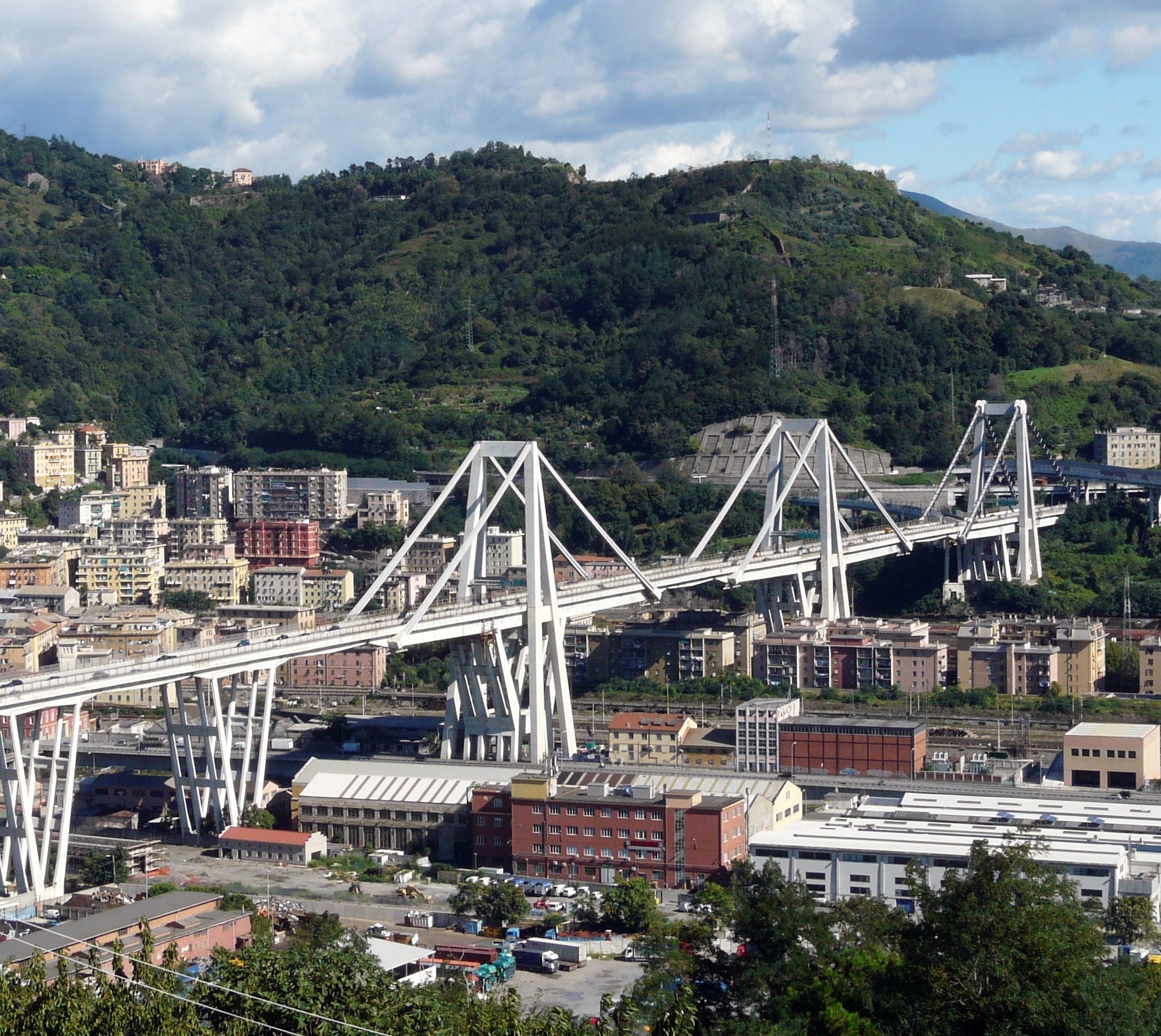The collapse of Polcevera Viaduct in Genoa on 14th August 2018 made headlines around the world; 43 people lost their lives and the disruption was estimated to have cost the economy around €600 million.
More recently, 141 pedestrians died when a newly refurbished footbridge owned by the local municipality in Morbi, India, collapsed in October 2022 just five days after reopening.
Such catastrophic bridge collapses occur too frequently and the human, financial and reputational costs of such incidents, which frequently make international headlines, are unacceptable by any standard.
With hindsight and timely investment, most could be prevented, so how can we be more successful at identifying the signs and preventing collapse? Responsible bridge owners have inspection and management regimes in place undertaken by suitably competent people that follow prevailing good practice, yet catastrophes are seldom anticipated or, when they are, the risks may be underestimated or ignored.
Scour is the biggest root cause of bridge collapse, so it is essential that we understand the impact of climate change, rising water levels, increased flooding and their consequences, in changing environmental conditions.
As our bridges continue to age, the likelihood of collapse, with the risk to human life, the financial cost to the economy and reputational damage it incurs, can only increase. It is therefore crucial that we find better ways of meeting the challenge.
KEY THEMES
Recent in-service bridge collapses include Morbi Footbridge in India (141 fatalities, Oct 2022) Mexico City Metro bridge (26 fatalities, May 2021) and Pueblo in Colorado, USA (1 fatality, Oct 2023) and Espoo, Finland (27 injured, May 2023). Under construction bridge collapses account for even higher numbers of fatalities.
In 2023 the US National Bridge Inventory estimated that 36% of the USA's bridges required major repair or replacement.
A survey by the RAC estimated that in 2022, 4.3% of the UK’s bridges were unable to carry the heaviest vehicles on its roads. The figures were provided by 196 councils which are responsible for maintaining 71,925 bridges between them. After Polcevera, media reports suggested 300 more Italian bridges could be unsound, 840 bridges in France were at risk of collapse, and only 12.5% of bridges in Germany were in good condition.
UK bridge collapses since 2015:
2015: Tadcaster Bridge (N Yorks); Pooley Bridge (Cumbria); Laxey Shore Bridge (Isle of Man)
2016: Bell Bridge and Keswick Path Bridge (Cumbria); Eastham Bridge (Worcs); M20 Footbridge (Kent); Barrow-upon-Soar (Leics)
2018: Skipton Bridge (N Yorks)
2019: Grinton Moor Bridges (N Yorks); Bishopsford Road Bridge (Mitcham, London)
2021: Llannerch Bridge (Denbighshire)
2023: Heyford Bridge (Oxon)
2024: Powick Bridge (Worcs)

Polcevera Viaduct before the collapse (Davide Papalini/Wikimedia Commons)
AREAS FOR DEVELOPMENT
Bridge condition and
behaviour
- Inspection techniques and
training, NDT - Exploiting sensor technology
- Mandate UK-wide reporting
of bridge condition and
performance
Management
- Cradle to grave bridge
management - Risk analysis and prioritisation
Monitoring environmental conditions
- Environmental/weather
warning systems - Sensor technology
- Scour prediction and prevention
Learning from failures
- Forensic engineering techniques
- Understanding collapse mechanisms
and redundancy - Sharing knowledge across the
bridge sector and internationally
